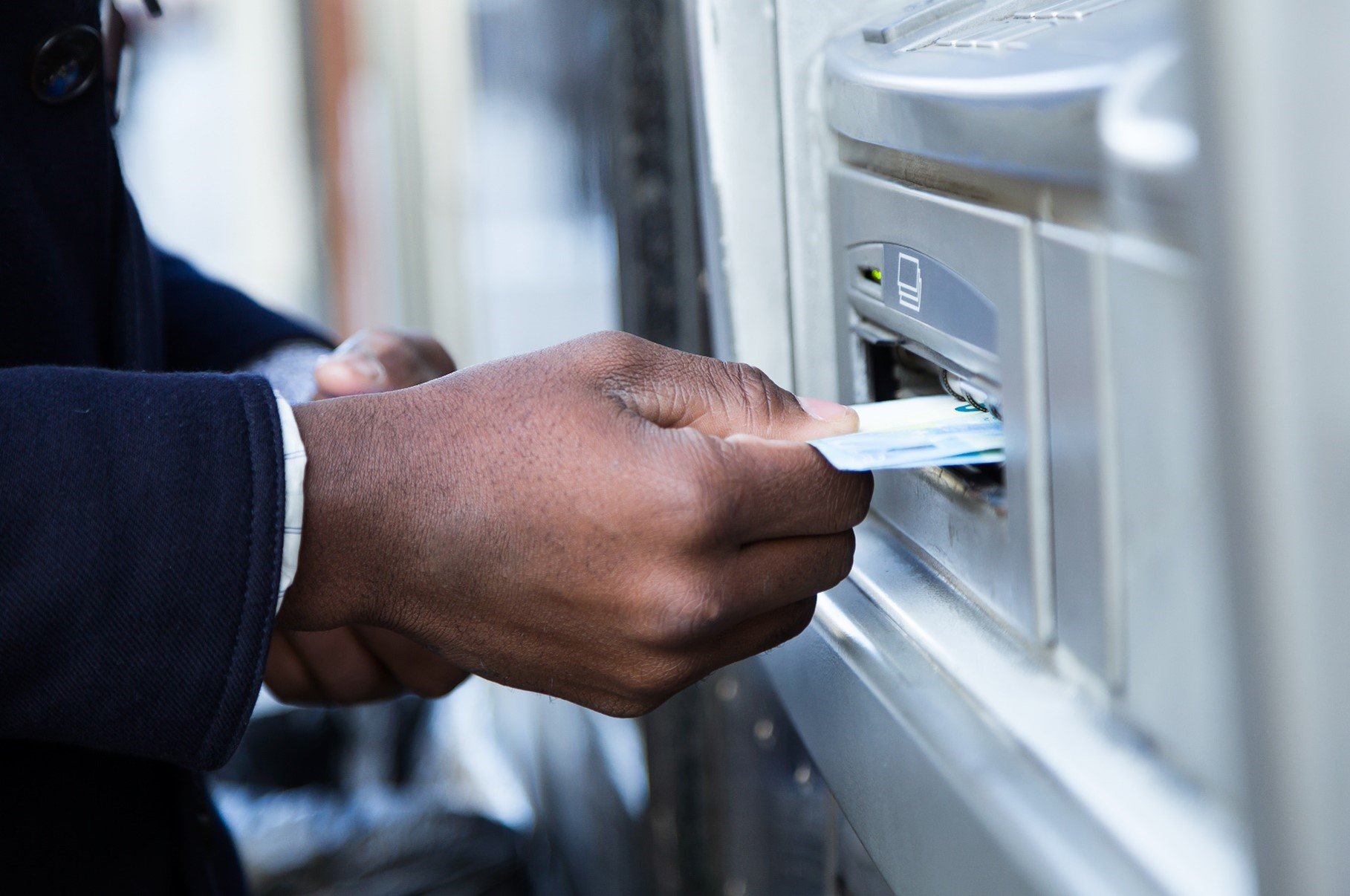
Digital health at the edge: Three use cases for the healthcare industry
In our overview of the digital health landscape, we wrote about how the healthcare industry needs to transform to meet growing demands globally on medical infrastructure and medical expertise. As populations grow, age, and become wealthier, healthcare systems struggle to provide the increasing level of continuous care that patients need.
The rise of the COVID-19 pandemic, a novel Coronavirus strain that has rapidly spread across the world (as of 5th April 2020 confirmed cases were 1.2 million patients globally across 190 countries), has put an unprecedented amount of strain on the healthcare industry and has emphasised the tight margins within which healthcare systems must function. Digital health is therefore essential to meet the need for better resource efficiency and collaboration across the healthcare industry.
A key driver of digital health will be leveraging capabilities at the edge. Edge computing has been rapidly gaining traction and tangible edge deployments have been increasing significantly. This is also true among the telco community with announcements that tier 1 players globally, such as SK Telecom, Vodafone, Verizon, KDDI, AT&T, Telstra and more, will be partnering with AWS Wavelength and Azure Edge Zones to bring innovative edge services to their customers.

Below we outline three key use cases which could leverage edge computing to help drive the transformation of the healthcare industry and the move towards digital health.
1. Connected ambulance
In current emergency service systems, paramedics are typically only able to brief emergency doctors, and patients can only receive the diagnostic procedures they require, once the ambulance transporting the patient has arrived at the hospital. This can create inefficiencies and delays in terms of hand over times and patient transferrals to the correct wards, meaning ambulances are hindered from getting back into the field and patient diagnoses and treatments are slowed down. In an emergency situation, seconds and minutes can be essential.
The low latency, mobility and data processing capabilities of edge computing at a network edge (alongside 5G) can enable faster and more accurate diagnosis and treatment by paramedics on-site, as well as more granular information at the hospital on the status and location of incoming patients.
This can primarily be achieved through:
- Live streaming of processed patient data, such as heart rate from sensors and monitors or live video feeds from first responder body cams to the hospital (enabled through 5G). This gives hospital staff a heads up on incoming patients’ status as well as initial information on potential treatment processes.
- Analysis of patient information and vitals (such as blood pressure, heart rate) at the edge for real-time diagnosis and recommendations by first responders.
- Augmented reality glasses (rendered at the edge) to display information about patient history and complex treatment protocols to empower paramedics
- Haptic-enabled diagnostic tools to enable remote diagnostics by specialists (e.g. remote ultrasounds)
Telcos such as Vodafone and BT are exploring the potential value of this use case, developing PoCs to deliver the service via 5G and MEC (multi-access edge computing). STL Partners also discusses this use case and quantifies its potential impact to the industry, in the context of 5G, in our recent report 5G’s Healthcare Impact: 1 Billion Patients With Improved Access In 2030.
2. In-hospital patient monitoring
Currently, monitoring devices (e.g. glucose monitors, health tools and other sensors) are either not connected, or where they are, large amounts of unprocessed data from such devices would need to be stored on a 3rd party cloud. This presents some level of security concerns of healthcare providers, and limits adoption of such use cases.
An on-premise edge on the hospital site could process data locally to maintain data privacy and compliance, compiling information from multiple sources within the hospital and extracting relevant information. Edge enables right-time notifications to practitioners of unusual patient trends or behaviours (through analytics/AI), creation of 360-degree view patient dashboards for full visibility, and sending relevant data to be stored securely in a cloud system.
This creates significant resource efficiency for clinicians, increasing productivity and decreasing cost per patient.

Examples:
- Google DeepMind/Google Health: early prediction of Acute Kidney Injury – a life threatening condition which, when caught early, can be regulated
- CareAI: platform for acute and post-acute patient monitoring to enhance quality of care and improve operational efficiency
- AWS Outposts: AWS is targeting the healthcare industry with its on-premise edge technology stack, Outposts. They are looking to bring the power of AWS core cloud to the hospital/research site, mitigating (some) of the security concerns healthcare providers may have around data privacy
3. Remote monitoring and care
Life expectancy is increasing globally and populations are increasing in wealth. These two factors coupled together leads to an increase in treatment of chronic, non-communicable diseases (e.g. diabetes, chronic obstructive pulmonary disease (COPD), cardiac diseases). This adds pressure to healthcare and long-term social care as demands on medical professionals’ time increase with a move towards continuous care and chronic disease management.
Furthermore, especially in developing or heavily rural markets (e.g. Australia), there are many patients who physically cannot access the care they need because travel to medical infrastructure is either prohibitively far or expensive.
Remote patient monitoring could help alleviate some of this strain, as well as improve care for an increasingly elderly population and increase patient access to healthcare. IoT, e-health devices and patient wearables can provide real time visibility of a person’s status providing insight, alarms and alerts (missed medication, increased blood glucose levels, severe fall, heart rate monitoring etc) to care workers and clinicians.
However, it is often perceived as unsafe to run these applications in the cloud due to the sensitivity of patient data, decreasing adoption of these solutions. Additionally, some patient monitoring devices may leverage video to, for example, track if patients have fallen down/any significant changes in patient behaviour – but sending unprocessed video is extremely bandwidth intensive.
Processing data at the edge (e.g. on the camera, on a solution specific tablet, or on the network edge) can ensure the protection of sensitive data transmitted between patient and healthcare provider. The low latency aspects can also enable real-time altering which, in the case of a potential stroke, could be essential. Edge can also reduce the cost and strain on bandwidth by processing data close to the source and limiting the amount which is sent to healthcare providers/stored in a secure location.
Examples:
- Intel & Flex: “enabling healthcare innovation at the edge” with monitoring in the home
- Diabetacare: 24/7 monitoring solution, including the use of mobile apps and devices, for diabetic patients in India
- TELUS Health Home Health Monitoring (HMM): remote patient monitoring solution enabling patients with severe chronic conditions to monitor key health factors, and share this data with clinicians, from home
We discuss this in more detail in our recent report Coordinating the care of the elderly, as well as quantify the potential benefits of a remote patient monitoring solution (in the context of 5G) in our report 5G’s Healthcare Impact: 1 Billion Patients With Improved Access In 2030.
Read more of our insights within healthcare on our digital health hub. Or, request a free copy of our digital health insights pack below
Read more about edge computing
Edge computing market overview
This 33-page document will provide you with a summary of our insights from our edge computing research and consulting work:
Edge Use Case Directory – Update
At STL Partners, our Edge Use Case Directory documents the top 50 use cases we have encountered across our work. We are constantly updating this to reflect the use cases which are garnering the greatest demand, and we have recently introduced three innovative use cases: High Frequency Trading (HFT), Smart ATMs and Sustainability Monitoring/Mapping. These cutting-edge applications highlight how edge computing is driving rapid transformation in financial transactions, banking security, and environmental surveillance
Edge computing in sports: use cases at the 2022 FIFA World Cup and beyond
From real time player tracking to wearable technology and enhanced fan experiences, edge computing is rapidly moving into the mainstream within the sporting world. In this article, we deep dive four examples of how a theoretical use case has been spun into a live deployment, both at the World Cup to across the sporting world.
AWS & Edge computing: Wavelength use cases and applications
AWS, together with telecoms partners like Vodafone and Verizon, has deployed Wavelength locations across the UK and the US.



